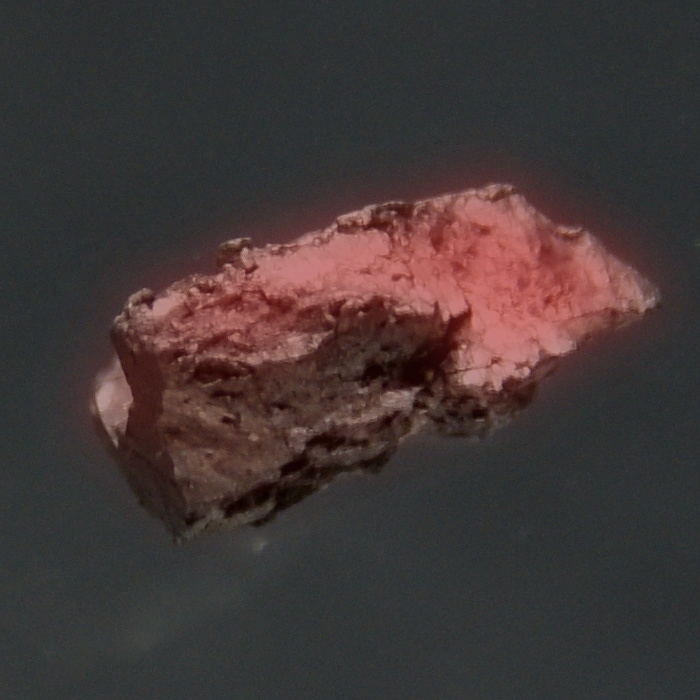Curium
96
Cm
Gruppe
n/a
Periode
7
Block
f
Protonen
Elektronen
Neutronen
96
96
151
Generelle Eigenschaften
Ordnungszahl
96
Atommasse
[247]
Massenzahl
247
Kategorie
Actinoide
Farbe
Silber
Radioaktiv
Ja
Curium is named after Madame Curie and her husband Pierre Curie
Kristallstruktur
Einfach hexagonal
Geschichte
Curium was discovered by Glenn T. Seaborg, Ralph A. James and Albert Ghiorso in 1944 at the University of California, Berkeley.
It was produced by bombarding plutonium with alpha particles during the Manhattan Project.
Curium metal was produced only in 1951 by reduction of curium fluoride with barium.
It was produced by bombarding plutonium with alpha particles during the Manhattan Project.
Curium metal was produced only in 1951 by reduction of curium fluoride with barium.
Elektronen pro Schale
2, 8, 18, 32, 25, 9, 2
Elektronenkonfiguration
[Rn] 5f7 6d1 7s2
Curium accumulates in the bones, lungs and liver, where it promotes cancer
Physikalische Eigenschaften
Aggregatzustand
Fest
Dichte
13,51 g/cm3
Schmelzpunkt
1613,15 K | 1340 °C | 2444 °F
Siedepunkt
3383,15 K | 3110 °C | 5630 °F
Schmelzwärme
n/a
Verdampfungswärme
n/a
Spezifische Wärmekapazität
-
Häufigkeit in der Erdkruste
n/a
Häufigkeit im Universum
n/a

CAS-Nummer
7440-51-9
PubChem CID-Nummer
n/a
Atomeigenschaften
Atomradius
174 pm
Kovalenter Radius
169 pm
Elektronegativität
1,3 (Pauling-Skala)
Ionisierungsenergie
5,9915 eV
Molares Volumen
18,28 cm3/mol
Wärmeleitfähigkeit
0,1 W/cm·K
Oxidationszustände
3, 4
Anwendung
Curium is mainly used for scientific research purposes.
Curium is a common starting material for the production of higher transuranic elements and transactinides.
The most practical application of 244Cm is as α-particle source in the alpha particle X-ray spectrometers (APXS).
Curium is a common starting material for the production of higher transuranic elements and transactinides.
The most practical application of 244Cm is as α-particle source in the alpha particle X-ray spectrometers (APXS).
Curium is harmful due to its radioactivity
Isotope
Stabile Isotope
-Instabile Isotope
233Cm, 234Cm, 235Cm, 236Cm, 237Cm, 238Cm, 239Cm, 240Cm, 241Cm, 242Cm, 243Cm, 244Cm, 245Cm, 246Cm, 247Cm, 248Cm, 249Cm, 250Cm, 251Cm, 252Cm